Amanda Mull of The Atlantic untangles the United States’ supply chain in discussion with Steve Rowen of Retail Systems Research. COVID-19 caused disruptions in global manufacturing, creating havoc in the finely tuned domestic supply chain. This stems, in part, from “just-in-time” inventory practices that demand a constant flow of goods while reducing retailer risk and inventory. Absent a crisis, this method proved profitable – but not so in 2020. The pandemic decimated the workforce at factories that make, assemble, package and ship worldwide. For good or ill, most US consumer goods are now created half a world away.
The pandemic didn’t break the supply chain; it stressed a system of delicate balance.
Whether you’ve refurnished your house or just bought necessities during COVID-19, you’ve probably noticed that many items – including those you try to order online – are unavailable, wait-listed or delayed. That may be because you’re one among millions of Americans doing the same thing. Massive ordering and manufacturing delays have depleted the available stock of everything from building supplies to cleaning products. Consumers kept consuming, but retailers and manufacturers – acting on the belief that the pandemic would cause only a temporary blip in business – initially shied away from making choices that required more expenditures, according to Retail Systems Research managing partner, Steve Rowen.
Prior to the virus, online shopping provided a cornucopia of products for immediate fulfillment. Upward of 150 million people in the United States use Amazon Prime, with its promise of two-day delivery. Unequal supply and demand may appear to be the cause, but you can blame COVID-19 for eroding the system of commerce itself, with...












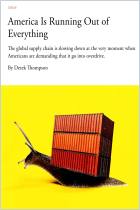


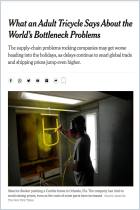
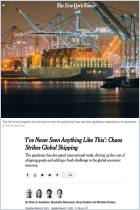
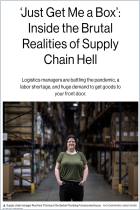


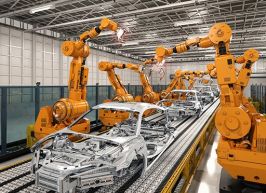

Comment on this summary or 开始讨论